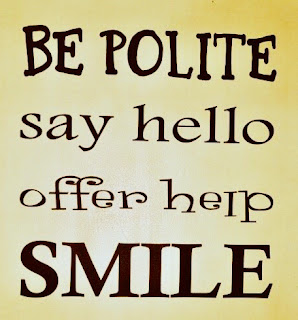Beautifully monogrammed, French Damask linen napkin – It is more universal, perhaps, than elsewhere, in families, hotels, restaurants and all places where meals are served, to furnish any person with a serviette at table. If it is a place one is in the habit of frequenting, he is expected to fold his serviette, and mark it in some way to be retained for him till he comes again, as this saves washing and such.
French Habits and Peculiar Customs?
We have no idea that our customs and habits are peculiar or different from those of anybody else till we see them described by someone to whom they are familiar. Indeed, it is more universal, perhaps, than elsewhere, in families, hotels, restaurants and all places where meals are served, to furnish any person with a serviette at table. If it is a place one is in the habit of frequenting, he is expected to fold his serviette, and mark it in some way to be retained for him till he comes again, as this saves washing and such. But if one is invited to dine once, or only occasionally, it is almost an insult to fold his serviette on leaving the table, as this is as much as to say he expects to be invited again soon.
A gentleman who did not know this custom, dined and returned home without suspecting that he had failed in any point of etiquette. The next day a servant came to tell him that dinner was waiting. “Dinner,” he exclaimed in surprise, “but I did not know that anyone expected me to dinner; I have received no invitation.” “Why, you folded your napkin yesterday.” This information only increased his amazement, as he had no idea what the act had signified. In some parts of the country it would not have been a hint that he expected to come again the next day, but only that he hoped to come soon. I was saved from such a mortification by hearing a family exclaim one day after some guests had departed: “What vulgar people; did you not see they folded their napkins.” I had not remarked it, of course, as I did not know that it was a matter of any consequence, and should certainly have done the same myself the next day, where it would have been almost a disgrace, had I not been thus put upon my guard.
On speaking of it to a lady who had been in America, she said it was a custom similar to ours of putting the teaspoon in the saucer, if one wished another cup of tea, and leaving it in the cup to call signify the contrary. Not knowing this she had been served with two or three cups of tea more than she wished the first time she had been invited among strangers to partake of this beverage, yet it never occurred to us before that it was anything peculiar. – Daily Alta, 1863
Etiquette Enthusiast, Maura J. Graber, is the Site Editor for the Etiquipedia© Etiquette Encyclopedia




















